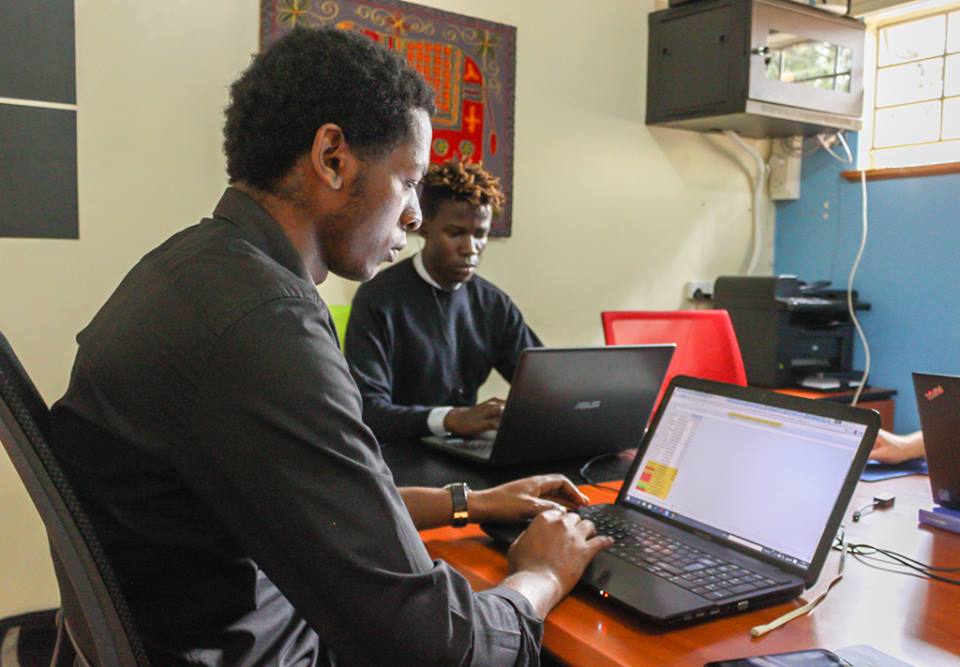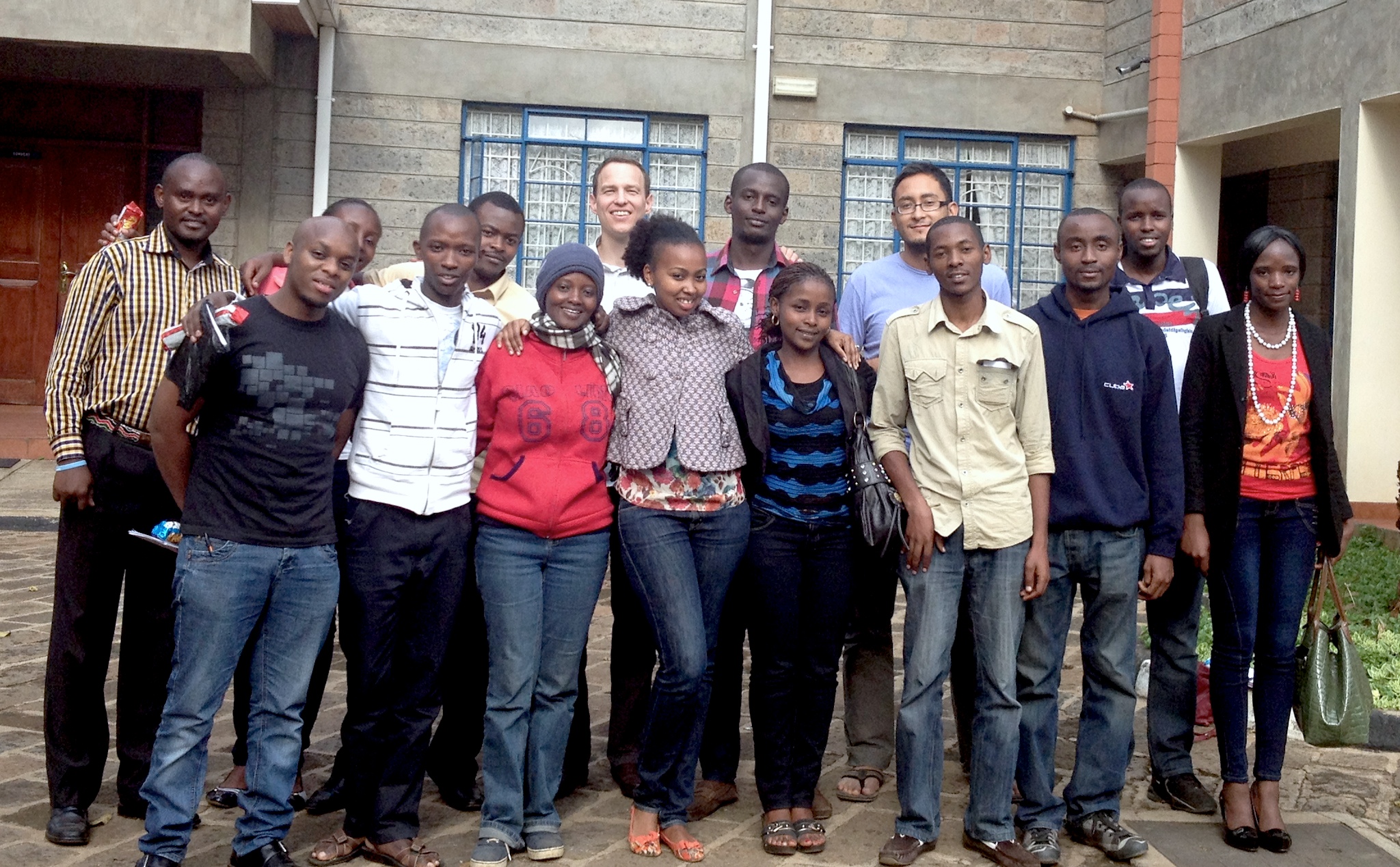At CloudFactory, we face the everyday challenge of training a diverse group of workers from different cultural backgrounds and with different learning experiences. Our job is to equip them with the skills necessary to perform our data entry tasks.
However, the list of data tasks that our workers must perform--that is, that our clients need--is constantly growing. As a result, we are continually teaching our workers new tasks, many of which require them to master specific skills.

Geography makes the challenge even greater. If we’re located in CloudFactory’s Kathmandu-based office, how do we prepare and deliver training to workers in different cities and countries and on different continents?
Worker Segmentation
First things first: no matter what place our workers call home, we perform an essential pre-training assessment that helps us gauge each worker’s ability. The assessment also allows us to segment workers by ability. Once we identify a qualified pool of workers, we vary our approach based on the complexity of the task we need to teach.
While our amazing tech platform handles more than a million tasks a day, our experience shows that training often benefits from the “in-person” touch. But no matter what, scalability is always at the back of our mind--perhaps it’s at the front and sides as well.
Training Is Like Coaching
We believe training requires us to develop an elaborate step-by-step learning, testing, and skill-acquisition package, resembling a robust, long-term and forward-thinking program--the type you might design to build a championship sport teams. Of course, our championship team doesn’t hoist trophies so much as meet business goals!
After all, a basketball coach couldn’t expect his team to ever win that trophy if he started his team’s first practice by ordering the players to run a new play with zero instruction. And it would be absurd for that same coach to get angry at the players for things they do not--and could not--know.
Rather, good coaching--and at CF, good training--understands that there are important principles for sound instructional design. What are our principles? We seek to design performance-based training that incorporates three components essential to every coach: practice, structure, and homecourt advantage.
Give Players What They Need - Practice
A team is not successful if it never practices. Moreover, successful practices typically breakdown into what we might call “micro-practices” that refine knowledge acquisition and basic skills, starting with simple tasks (lay-ups) and building up to more difficult ones (running plays).
CF believes in the same training principles. For instance, we prioritize the practicing of mock tasks. And not without reason--experiments on skill acquisition methods have suggested that practice exercises should precede direct instruction because they allow the student/worker to struggle with--but adapt to--new content. By challenging learners first (and giving them instruction second), trainers allow them to get better at applying and extending their new knowledge.
Content considerations regarding these tasks is also imperative. Our trainers break down tasks into micro tasks, highlighting specific business rules with each task; they also structure these mock tasks to guide workers from easy to more difficult levels, providing explanatory feedback the entire time. Workers acquire the basic skills they need before they move on to tackle more challenging tasks--like, say, 360° slam dunks.
Give Players What They Expect - Structure
By establishing consistent expectations, a coach enables both individual players, as well as the team as a whole, to perform better. No player wants an unpredictable coach who runs unstructured practices without set drills that push the team to achieve the season’s goals.
In other words, training should also involve structure by giving workers a systematic approach for attaining the outcomes they desire.
How do we execute this idea at CF? In addition to mastering new skills, many of our workers have another goal: earning higher pay. So we explain to our workers the step-by-step, task-related process that will enable them to achieve that aim.
Since there are no mysteries about expectations and execution, our workers know exactly what they need to do. And they do it.
Give Players What They Want - Home Court Advantage
Research has concluded that a home court advantage gives the home team a 60% greater probability of winning. We might now be able to surround them with cheering fans, but CF does try to ensure that workers enjoy a learning environment that “feels like home” because it is culturally sensitive to their values and learning styles.
Cultural differences play a significant role in how we design our training. Indeed, instructional material should contour the learning experience of workers by respecting cultural differences, variable learning styles, and diverse learners’ needs.
In all our international efforts, CloudFactory endeavors to successfully balance our need to standardize our business rules with the values of cultural inclusivity. We strike this balance in two ways.

First, we use technological innovations such our interface design and online resources to provide workers with an optimal learning environment. We also encourage electronic communication between the workers and our Data Reviewers and Worker Support Assistants.
Second, we also ensure socially-grounded learning through a community of inquiry. Consider, for example, our CloudWorker Teams (CWT). Comprised of five workers, these teams meet once a week to discuss issues involving character, community, and competency.
We believe this community-of-learners approach enhances training at, as well as after, the front-end. As part of our front-end training, CWTs encourage workers to interact with the training material together--to view mock tasks together, to ask questions, and to receive immediate answers. Once front-end training has been completed, skill refinement occurs as CWTs faciliate a 15 to 20 minutes training environment where workers can engage in and discuss challenging tasks.
Whether it’s near the start or the end of training, CWTs also promote a culturally-inclusive form of learning. In these groups, workers participate in shared peer learning by building on one another’s idea and pursuing common goals.
Put it all together -- our practice, structure, and home-court advantage -- and CF has the potential to win championships in the business world. And we’re not just facilitating learning -- we learn as much as our workers because we’re always measuring the efficacy of what we’ve built and, as necessary, re-building and re-measuring. It’s an iterative process.
But we understand that championships aren’t won overnight.
(CloudFactory's Workforce Training Manager, Jay Bratton and Production Manager, Anuj M. Kachapati contributed to this blog. Image via)



